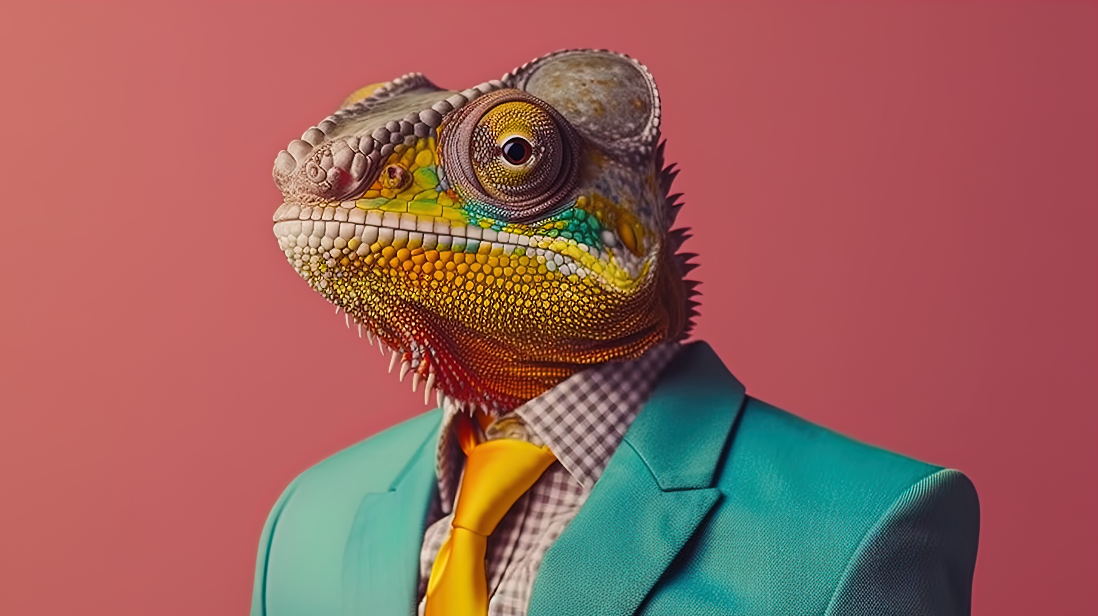Graphic Design Trends in the New Year
It's always an exciting question to ponder what trends are arriving in the field of graphics and design – and this is no different, especially when artificial intelligence continues to stir things up.
AI is increasingly playing a significant role in certain professions, including graphic design. It’s no wonder many professionals fear that human labor might become unnecessary due to artificial intelligence. But that’s not the case for now, even though AI undeniably eases many workflow processes. AI aids in automation, template creation, and also serves well in providing a foundational design that designers can further refine. Many designers use AI as inspiration, which can potentially speed up and make work more efficient while opening up new avenues. Moreover, with AI-driven image creation programs, access to images and illustrations that would otherwise take considerable manual effort becomes easy and swift – this could potentially influence future trends.
However, one thing is certain: AI cannot replace the value added by humans in graphic design – sensitivity, creativity, decision-making, etc. – nor can it take over the production of complex creative materials. Yet, it’s important for every professional to keep pace with technological advancements, familiarize themselves with AI tools, and integrate new programs into their workflows.

Today, numerous programs with various capabilities and functionalities assist in work processes. The choice of which to use depends on the type of design task at hand and the level at which one works within a specific program. Adobe products have integrated artificial intelligence, Midjourney creates graphics via textual instructions, Canva is user-friendly and suitable for simpler projects even for amateurs, AutoDraw by Google is useful for both casual users and professional designers, while Khroma primarily aids in color selection and combinations.
And what predictions are there for 2024?
While on the topic of artificial intelligence, we asked ChatGPT, which suggests the following trends:
Minimalism: Streamlined designs may continue to be popular, with simplicity and clean lines dominating the design space.
3D and Spatial Design: Spatial elements and 3D graphics may continue their ascendancy, inspired by technologies like augmented reality or virtual reality, influencing designers.
Sustainability: Environmental consciousness and sustainability are becoming increasingly important, potentially impacting graphic design. Natural elements, organic shapes, and eco-friendly designs might become more prevalent.
Reinterpreted Typography: Expect to see more creative and unconventional use of fonts, lending mood and uniqueness to designs.
Color Usage and Palette: Anticipate the use of vibrant colors and unusual color combinations that emphasize a brand’s uniqueness and appearance.

